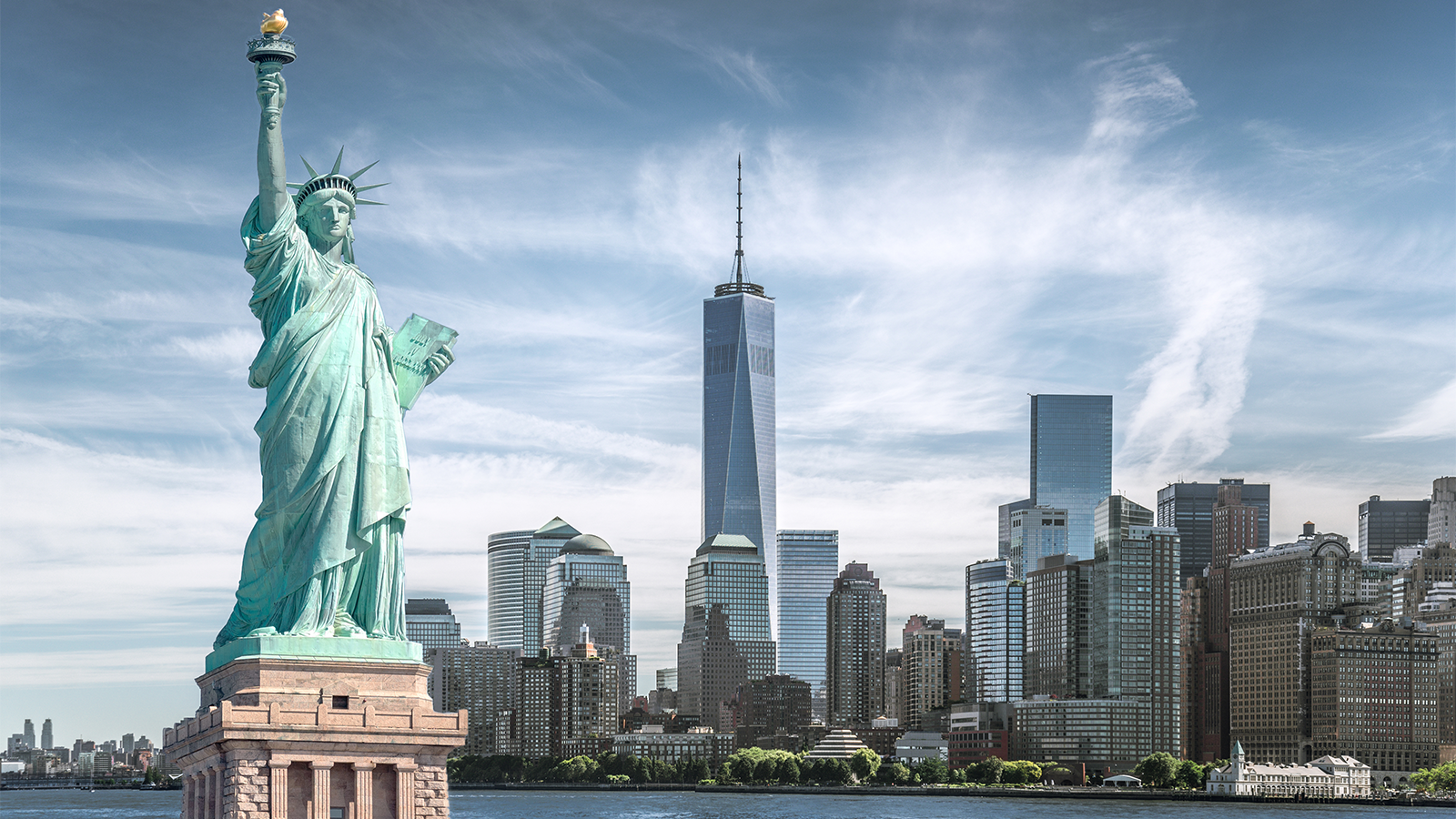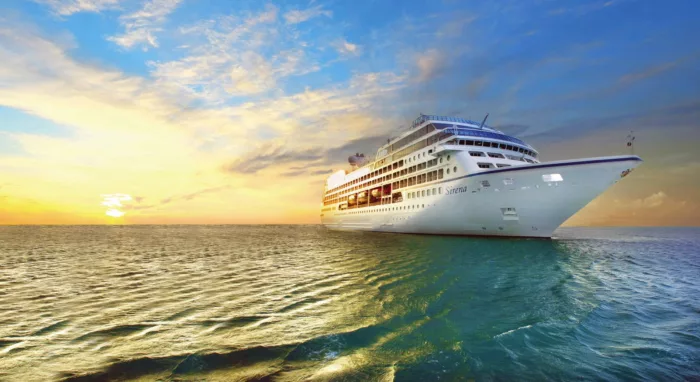
The Miami-based cruise line - a subsidiary of Norwegian Cruise Line Holdings - offers eight small, luxurious ships that carry a maximum of 1,250 guests and feature the finest cuisine at sea and destination-rich itineraries that span the globe.
Expertly curated travel experiences aboard the designer-inspired, small ships call on more than 600 marquee and boutique ports in more than 100 countries on six continents on voyages that range from 7 to more than 200 days.



















Sister ship to Marina, stunning Riviera was designed to be special in so many ways and reflects a new level of grace and elegance through designer touches, upholstery and fabrics throughout. She features multiple gourmet restaurants and along with Marina, offers unforgettable food and wine pairings at La Reserve by Wine Spectator as well as the opportunity for private dining at opulent Privée. From the Lalique Grand Staircase to the Owner's Suites, designer touches that create a casually elegant atmosphere are everywhere. Riviera's refined ambiance truly embodies the unparalleled Oceania Cruises experience.




















